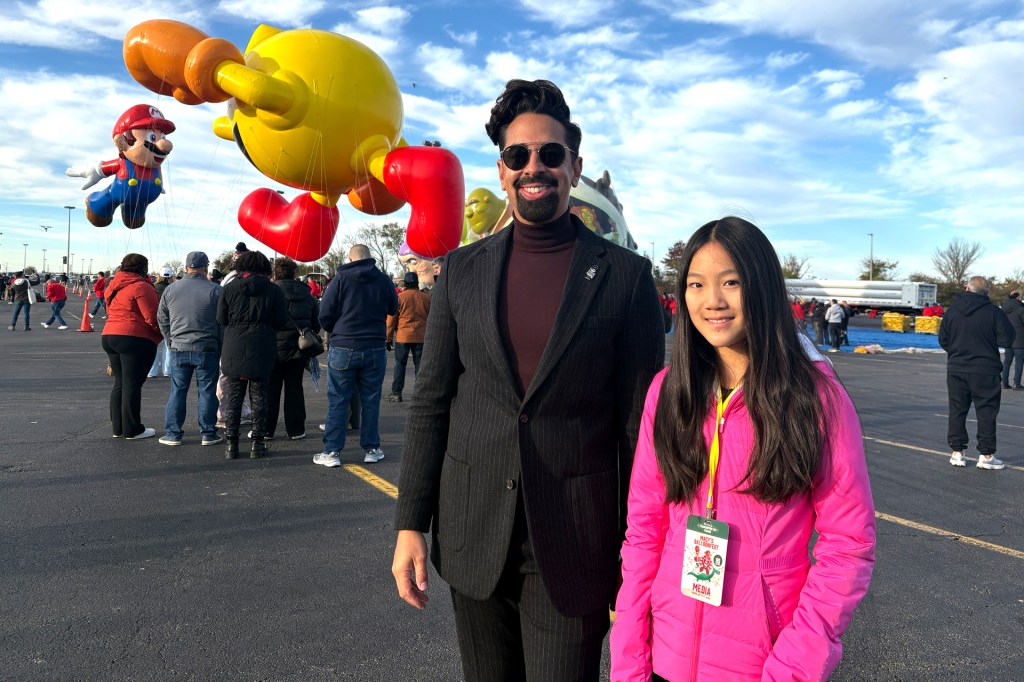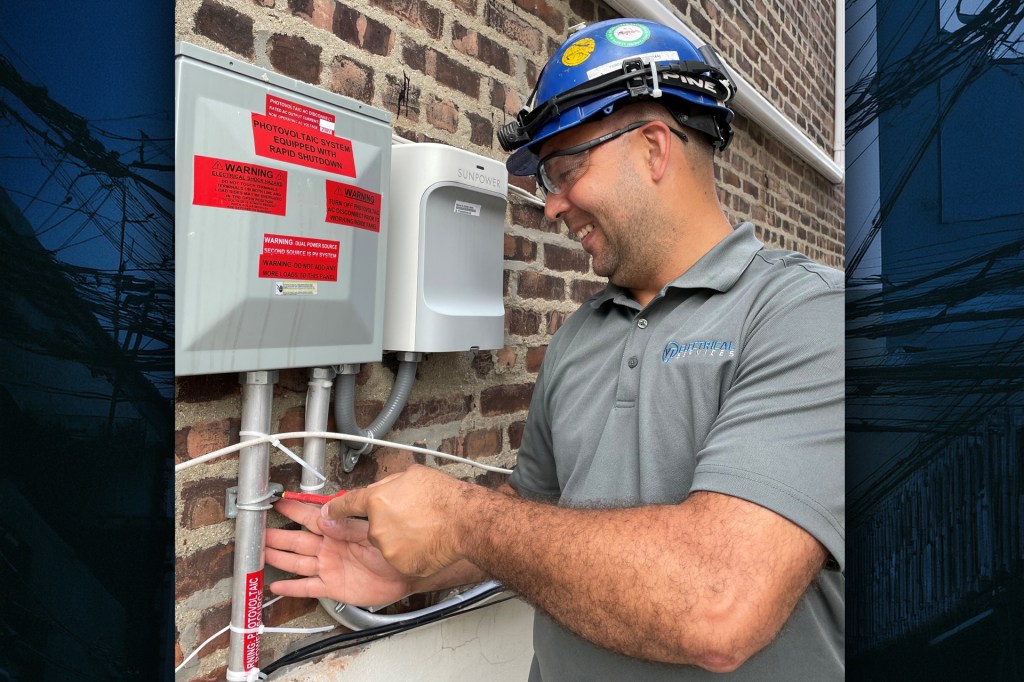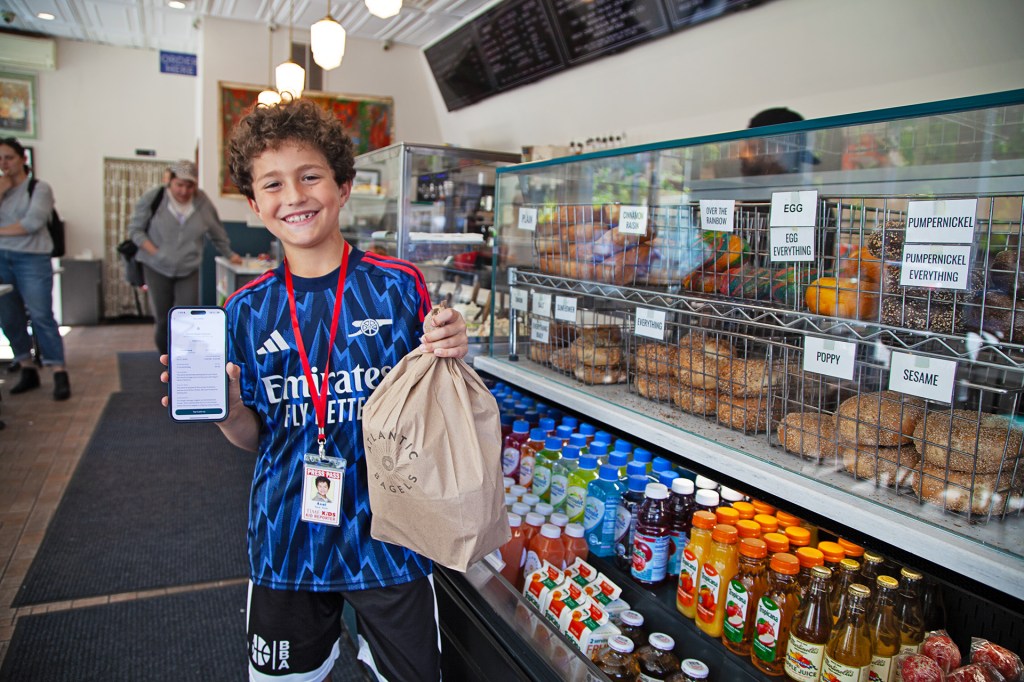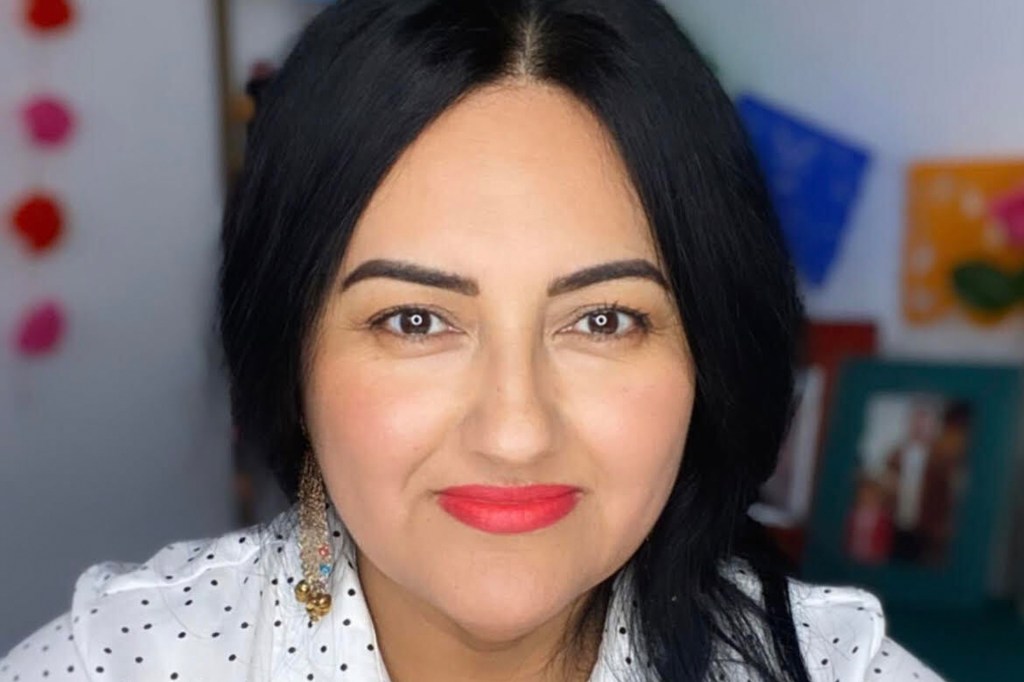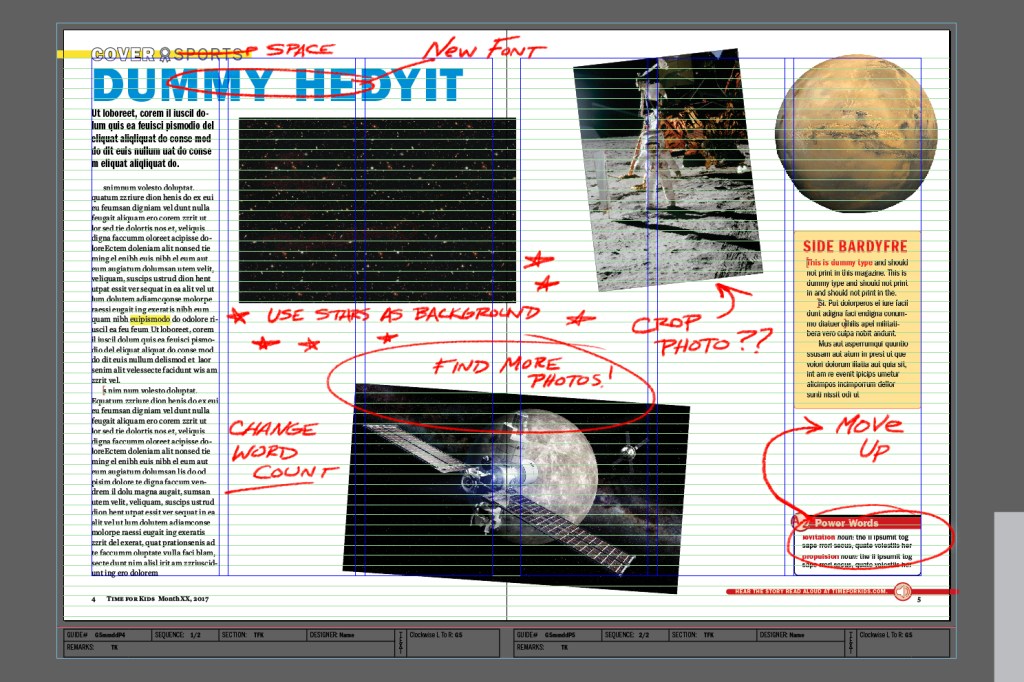
Take a close look at this page. The words you’re reading were written by a writer and revised by editors. Photographers shot the photos you see, and a designer arranged them on the page. A lot goes into producing a magazine. Join us for a behind-the-scenes look at how TFK is made each week.
The Morning Meeting
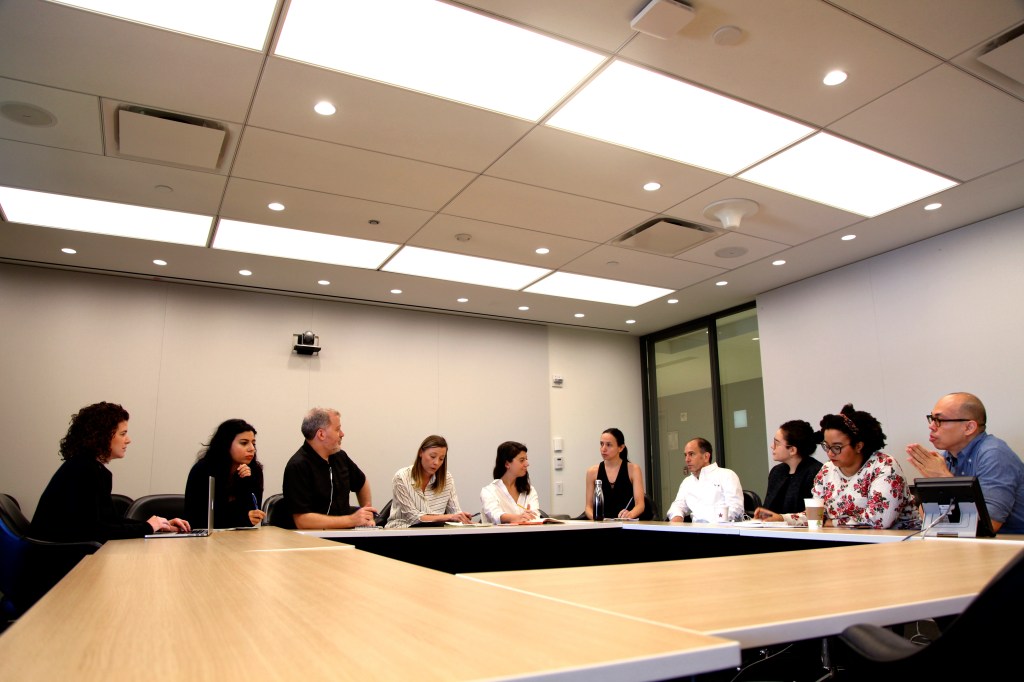
Welcome to TFK’s morning meeting at our office in New York City. We gather daily at 10:30 to talk about what needs to be done. Writers bring story pitches, or ideas, to the meeting. We discuss the ideas and pick the ones we think are the most interesting and important for kids your age.
The TFK staff works on several issues at once. We try to work on longer feature articles weeks before they are due. But news stories are often written in just a day or two. Working under a tight deadline requires teamwork and communication.
Selecting Photos
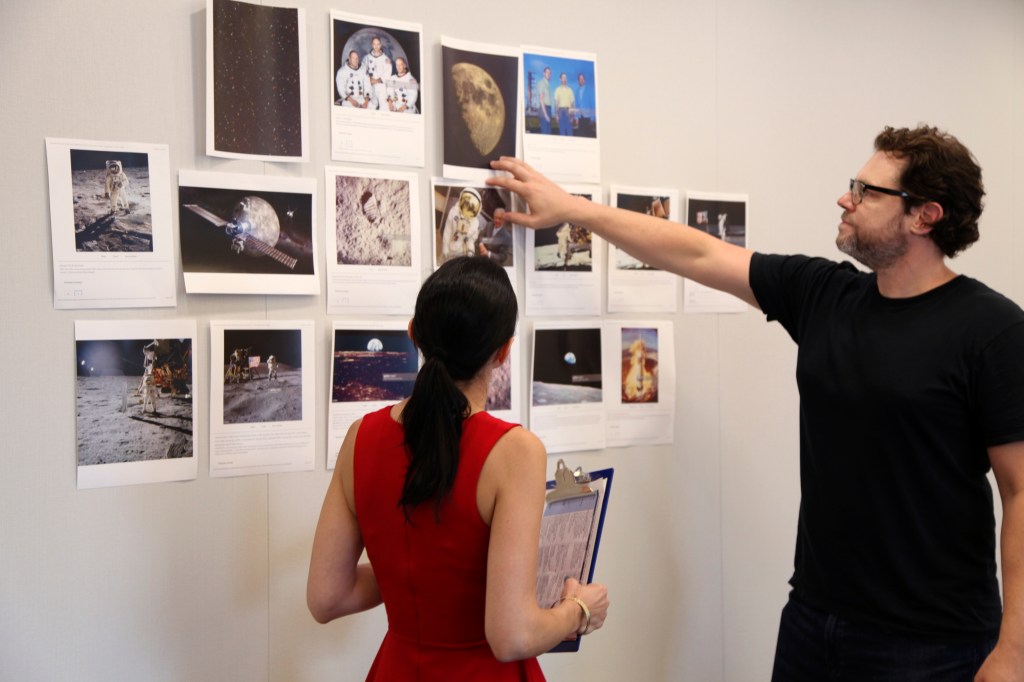
Pictures are an important part of a magazine. They help tell the story. Writers, editors, and designers meet to select photos. Above, TFK editorial director Andrea Delbanco and creative director Drew Willis look at photos for a story about moon exploration. How do we decide which images to use? “We want to make sure the subject of the story is clear from the photos, and not confusing,” says TFK designer Stephen Blue. “And we want to make sure that the picture itself has enough pixels.” If there aren’t enough pixels, the image will look fuzzy.
Reporting and Writing
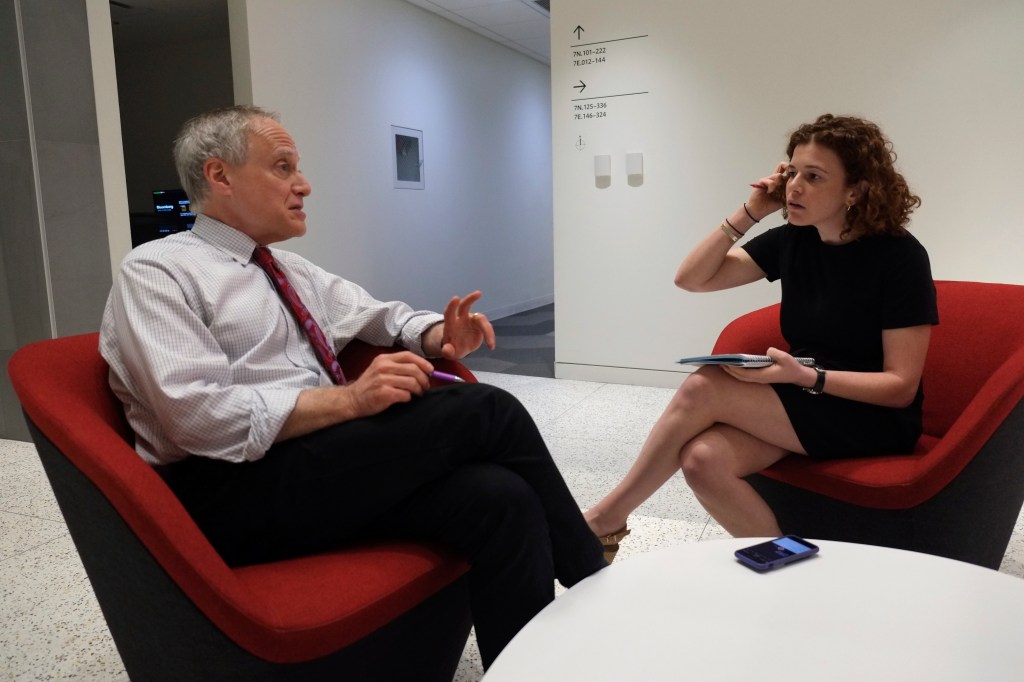
The writing process begins with research and reporting. Writers read books and articles to learn about their topic. They also interview experts. They record these interviews and take notes. In this photo, TFK’s Rebecca Katzman meets with Jeffrey Kluger, of TIME. Kluger wrote about moon exploration for TIME. Katzman adapted his story for TFK.
Finally, the writer begins crafting the story. He or she decides how to organize it and picks the best quotes to include. An editor then makes changes and suggests how the story might be improved.
Designing the Page

A designer begins creating the story layout. He or she arranges photographs and text on a page to give the story visual impact. “I like to get kids excited about a story before they’ve read a word about it,” says Willis. He uses one computer program to crop and edit photos, and another to move the elements around.
Designers use what is called “dummy text” as a placeholder. It helps the designers know where to put the photos, and it shows the writers how much space they have to work with.
Copyediting
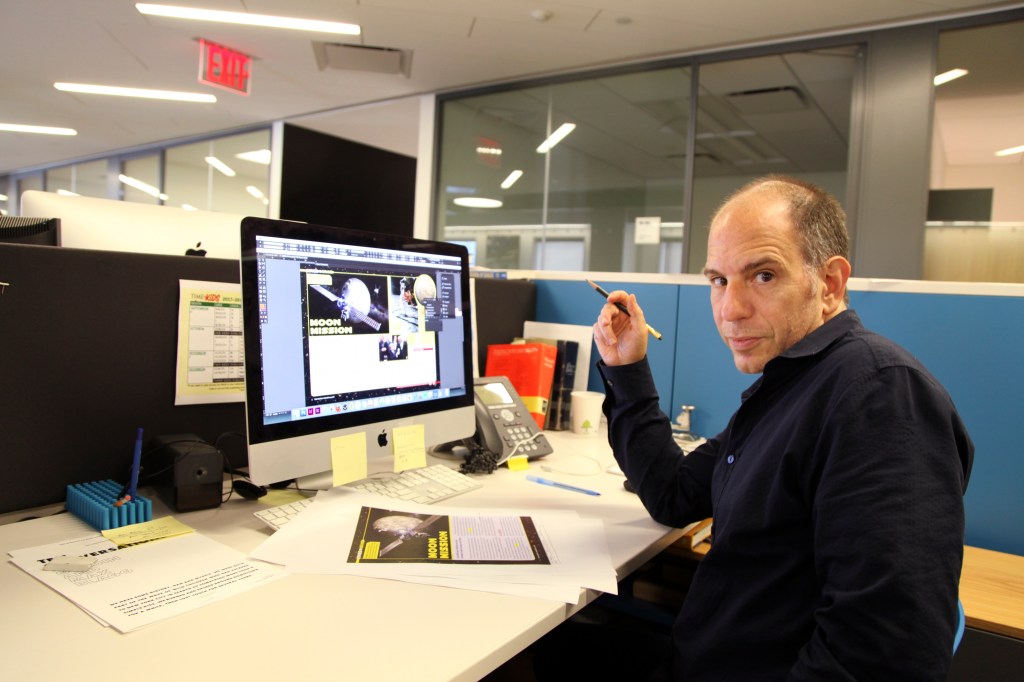
Writing, editing, and copyediting are three distinct processes. An editor, the first person to review a story, works closely with the writer to make changes and improvements. A copy editor is the last person to review a story. Mike DeCapite (pictured) is one of TFK’s copy editors. He reads through every page of the magazine, correcting mistakes and rewriting awkward sentences. “No matter how many people have looked at something, it can always use another look,” DeCapite says. “Believe me, I miss lots of things the first time myself.”
The Final Check
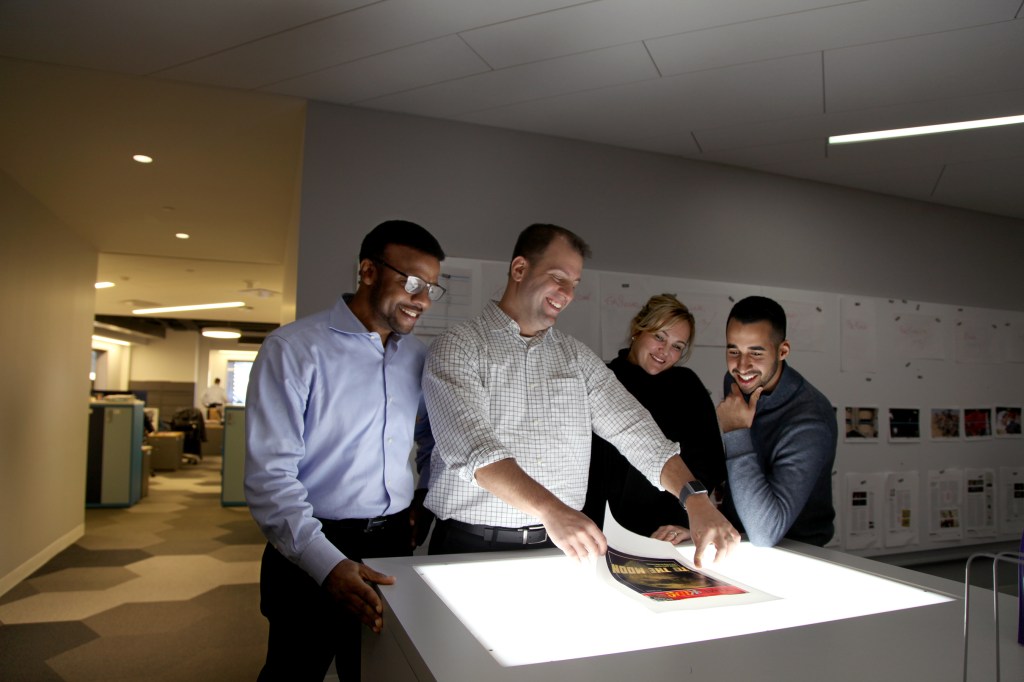
TFK’s production team adjusts and color-corrects photos. Page proofs are then examined on a light table. Members of TFK’s production staff go over each page to make sure everything looks right. Finally, when all is checked and ready, the pages are digitally sent to TFK’s printing plant, in Wisconsin. There, millions of copies of the magazine are printed, bound, and sorted into bundles. The magazines are shipped to schools across the country—ready to be read by you and your classmates.






